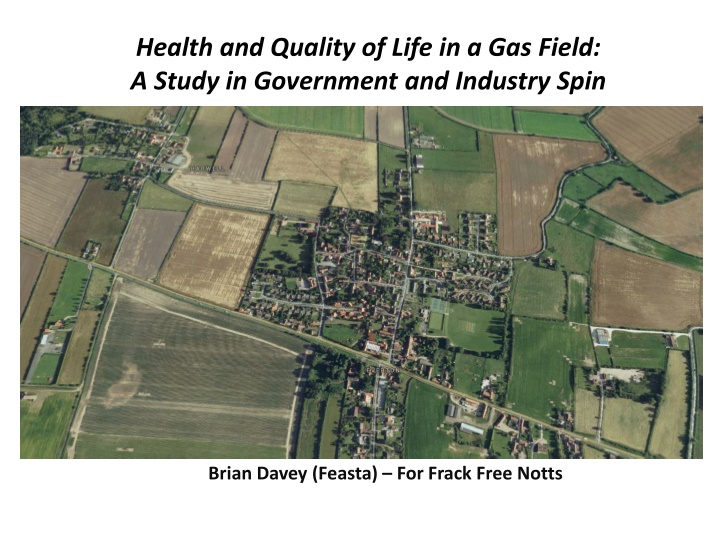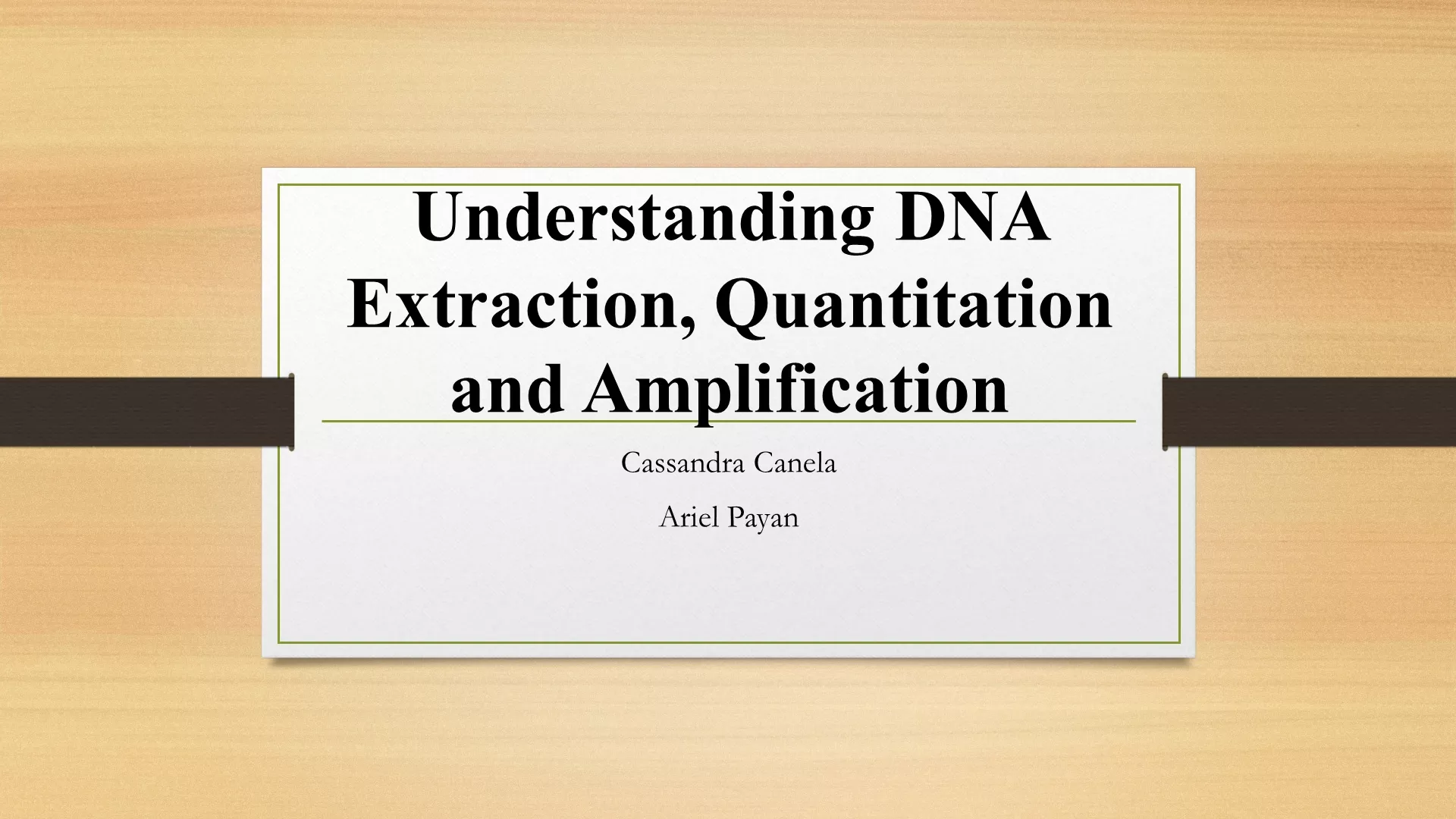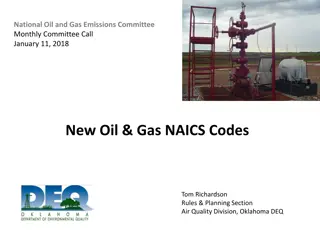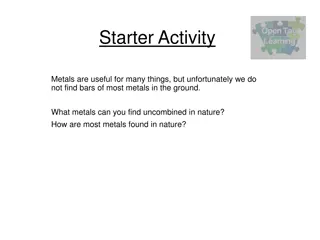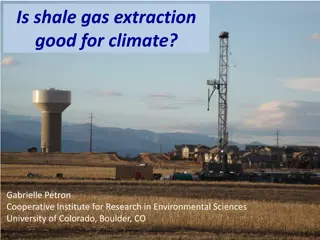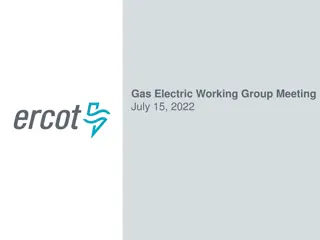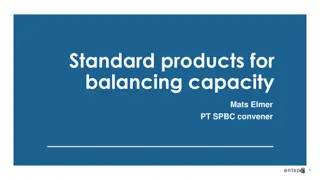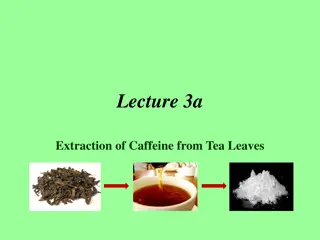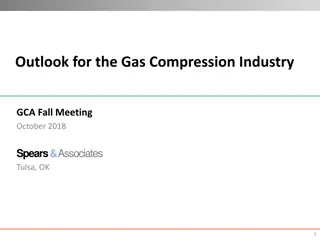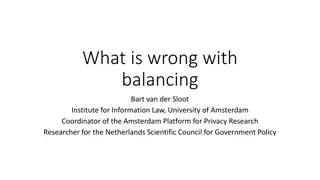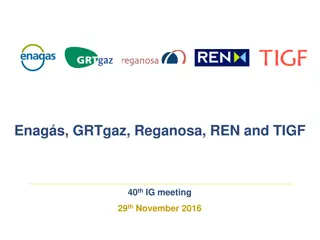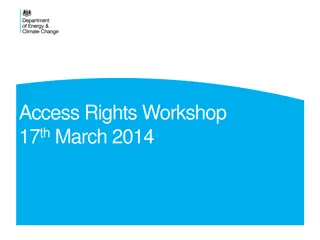Unconventional Gas Extraction: Balancing Industry and Environmental Concerns
Study the implications of unconventional gas extraction on health, quality of life, and the global energy context. Explore the impacts of technologies like shale gas fracking and coal bed methane on climate change, energy supplies, and economic sustainability. Consider the risks posed by water-intensive extraction methods and the potential for methane leakage. Evaluate whether unconventional gas can serve as a bridge to a low-carbon future amidst declining oil and gas reserves.
Download Presentation

Please find below an Image/Link to download the presentation.
The content on the website is provided AS IS for your information and personal use only. It may not be sold, licensed, or shared on other websites without obtaining consent from the author.If you encounter any issues during the download, it is possible that the publisher has removed the file from their server.
You are allowed to download the files provided on this website for personal or commercial use, subject to the condition that they are used lawfully. All files are the property of their respective owners.
The content on the website is provided AS IS for your information and personal use only. It may not be sold, licensed, or shared on other websites without obtaining consent from the author.
E N D
Presentation Transcript
Health and Quality of Life in a Gas Field: A Study in Government and Industry Spin Brian Davey (Feasta) For Frack Free Notts
The global energy economic context climate change and depletion Climate change the rate emissions have to fall to avert runaway climate change The rate energy supplies may fall anyway because of oil, gas and coal depletion - this has led to high energy prices acting as a drag on the economy Source: Energy Watch Survey 2013 In Britain North Sea Oil and Gas has been in decline since 2000 Source: Kevin Anderson Tyndall Centre
Is Unconventional Gas (UG) a bridge to a low carbon future? The government believes UG will extend the life of the oil and gas industry and has swallowed the story that natural gas is more climate friendly than burning coal or oil This is only true if: the gas wells do not leak more than 3.2 % of their methane production but an increasing number of studies suggest that they leak more and if gas is not used in addition to coal and if this does not displace the development of renewables.....
3 Unconventional Gas Technologies Shale Gas fracking Coal bed methane (coal seam gas) de- watering coal seams. Underground coal gasification partial combustion of coal in a seam underground to create syngas (hydrogen, carbon monoxide and methane) which is then further combusted or otherwise used at the surface.
Fracking for Shale Gas Shale is impermeable it has to be explosively fractured , the fractures propped open (with sand) and the gas washed out under high water pressure. Water per frack per well = 3 to 5 Olympic swimming pools of water laced with toxic chemicals pumped by 10 X 1,000 horse power pumps at 15k pounds per square inch of which 25 to 75% will be returned to the surface, the rest remaining underground... What goes down is toxic what comes up is even more so eg NORM, BTEX (Benzene, Toluene, Ethylbenzene and Xylene)
Coal Bed Methane (Coal seam gas) Methane is held in place in cleats (small fractures) in the coal by water which is under pressure. By de-watering the coal the pressure is released and the methane flows out with the water.... Sometimes involves fracking but usually not
Gas Field Infrastructure A gas field consists of more than well pads it also consists of: Pipelines Access roads Compressor stations and gas drying and cleaning installations Lots of HGV traffic
Land Take for Pipelines Example of Dart s Proposed Falkirk Development: Pipeline corridors will take 4 x the land area to be taken by the well pads (6.4 hectares for 16 sites) Landscape Changes Loss of farmland; clearance of trees, hedgerows; surface water flows/drainage affected; paths intersected; farm animals, wildlife affected etc.
Compressor Stations For every 100 wells there is a gas treatment and compressor station where the gas is cleaned and dried (of natural gas liquids) before it is supplied to the gas grid. Compressor stations operate 24/365 per year. Concentrates the pollutants at the point of cleaning . Gaseous pollutants dumped into the atmosphere via a flare a source of gas field haze....
Land Use Industrialisation of Countryside Unconventional gas is spatially extensive well pads, access roads, pipelines and compressor stations fragment and change huge areas and are not easily compatible with other land uses agricultural, leisure, nature reserves, residential. There is a lot of traffic, noise, activity and light 24/7/52with exhaust fumes from pumps, flaring etc Reductions in the quality of life get reflected in falling house prices. As an area becomes less desirable people are prepared to pay less to live there. Insurance premiums are likely to rise. People remaining are trapped...
Development intensity North Dakota an example of a mature oil and gas field
Industrialisation of the countryside? The Industry message is that technologies of horizontal boring from the same well pad can radically reduce the surface spatial land take compared to a situation when each well had its own well pad after the drilling phase the structures will be small.
Industrialisation of the countryside? However, there is no suggestion that the number of wells under the ground will be less if the gas is there and can be tapped commercially It is the large number of wells under the surface that implies a high level of activity on the surface with much gas, water and chemicals to be stored or transported.
Activity Level and Transport Small towns with big city traffic A figure of 17 - 51 HGV movements a day per well pad over a 73 to 145 week period is repeated several times in the Strategic Environment Assessment document. It should be taken into account that a gas field is likely to have several multiple well pads.
The Lancet 1st March 2014 ........findings suggest that this form of extraction might increase health risks compared with conventional oil and gas wells because of the larger surface footprints of fracking sites; their close proximity to locations where people live, work, and play; and the need to transport and store large volumes of materials.....
Fugitive Gas Risks (Gas Leaks) Through improperly sealed bores, venting to control pressures, faulty equipment or out of the ground The industry often tries to say that gas leaks are due to naturally occurring methane Evidence of methane higher near wells, less further away true for water and airborne methane Other gases are also discovered in higher concentrations than would be expected - like radon which is released when deep geological strata are disturbed
Gas Field Haze Environmental exposures include outdoor air pollutants i.e. volatile organic compounds, tropospheric ozone, and diesel particulate matter... Known occupational hazards include airborne silica exposure at the well pad. The Lancet 1st March 2014 Wyoming s air quality is worse than that of Los Angeles although it has a very low population density...
This statement relies on a narrow definition of hydraulic fracturing that excludes incidents from drilling damage, failed well casings, spills, tanker accidents.... Between 2009 and 2010, of 4,000 Pennsylvania shale wells, there were 630 reported environmental health and safety violations of which half were associated with leaks and spills of the flowback fluids." (About 8% of the wells). Water Risks The fracking industry frequently claims that there are no proven incidences of water contamination that have occurred due to hydraulic fracturing
Surface Water Risks Pictures show the amount of Coal Seam Gas water that might have to be put in tanks and transported away. We are being told that contaminated flow back water from shale gas fracking would be put into what are converted containers and then sent for treatment. Because the gas industry is working with water and gas under pressure - with corresponding explosion risks - these would have to be vented / flared so they are not going to be entirely sealed . Containers would mean another a very large volume of tanker movements....
Flow back contamination In an exchange between the EA and local oil and gas engineer Mike Hill, the EA provided the following breakdown of the flow back water from Cuadrilla s Preece Hall well in Lancashire: Lead approx 1438 times normal tap water content. Cadmium approx 150 times normal tap water content. Magnesium approx 43 times normal. Chromium ( g/l). 636 times normal. Aluminium approx 197 times normal. NORM 90 times maximum permissable limit
The government and industry message This time it will be different problems in Australia and the USA have been because of lax regulations and poor practice. In Britain we have the best regulations in the world and with best practice unconventional gas can be extracted safely with harms to local communities made not unacceptable by planning conditions and other regulations.
Is it true UK Regulations are the best in the world ? (1) Asbestos health problems discovered 1898 banned 1998 Benzene battle over safe levels went on for decades BSE 20 months after discovery of disease before public told because of fear of losing markets Acid rain/sulphur emissions other European countries complained for a long time before decline of coal use made it convenient to introduce flue gas de- sulphurisation despite a high number of deaths from the pea souper smogs
Is it true UK Regulations are the best in the world ? (2)
Is it true UK Regulations are the best in the world ? (3) Opposed tighter EU regulations on shale gas Government reducing time to process permits Cutting staffing of Environment Agency Allow companies to self-certify their compliance Incentivise local planning authorities to permit development by allowing a higher tax take on gas developments Take away local planning powers if permits not granted
The Spin Offensive The probability of well failure is low for a single well if it is designed, constructed and abandoned according to best practice. Royal Society/Royal Academy of Engineering Report This is a tautology assume a single well and best practice and risks will be low by definition
Now lets assume hundreds of wells and normal gas field practice...
Real World ....in a leap of faith unsubstantiated by scientific evidence, its authors suggest that many of environmental and public health problems experienced in the US would probably not apply in the UK. Unfortunately the conclusion that shale gas operations represent a low risk to public health is not substantiated by the literature..... British Medical Journal
...the report incorrectly assumes that many of the reported problems experienced in the US are the result of a poor regulatory environment. This position ignores many of the inherent risks of the industry that no amount of regulation can sufficiently remedy, such as well casing, cement failures and accidental spillage of waste water. There is no reason to believe that these problems would be any different in the UK and the report provides little evidence to the contrary....
Official Policy is not based on the real world but on an ideal one Government policy and consultation documents are characterised by what psychologists call optimism bias which does not take into account Murphy s Law and unknowns.
Official documents acknowledge problems but then assume that regulation will resolve these problems Problems are acknowledged for waste and waste water disposal; health of communities and workers; land use, geology, soils, landscape and visual amenity; biodiversity, habitats and eco- systems; noise, vibration, air quality, traffic; flood risks... For each of these - it can be assumed/expected that planning controls will mitigate so that the problem is not unacceptable
Example of assumptions It is assumed that current controls are enforced by regulators and followed by operators from a DECC consultation document written for the UK government by AMEC
Comment by recently retired Notts County Council Planner The County Council does have at least one enforcement officer but all mineral planning applications now have quite lengthy and complex conditions attached, and given the range of development taking place across the county at any one time, it would be impossible for him/her to monitor compliance effectively - even before fracking came along! Local planning authorities do in fact depend a lot on reports on breaches of conditions being relayed to them by other interested parties. This is a nationwide issue, and indeed enforcement has always been a Cinderella activity of planning teams due to under-resourcing.
...assuming the best available technology.. DECC consultation document written for the UK government by AMEC
The Real World Even if risk can be reduced theoretically, in practise many accidents from leaky or malfunctioning equipment as well as from bad practises are regularly occurring. This may be due to high pressure to lower the costs or to improper staff training, or to undetected leaks leading to contamination of the ground water. United Nations Environment Programme Report
The Gas Industry has co-opted its own regulation at national government level Lord Browne s senior appointees: 4 appointees in senior positions in DEFRA, the ministry that oversees the regulators 3 appointees in senior positions in the Dept Energy and Climate Change 4 Senior appointees into the Treasury including Baroness Hogg an independent director of the British Gas group to ensure financial support packages
